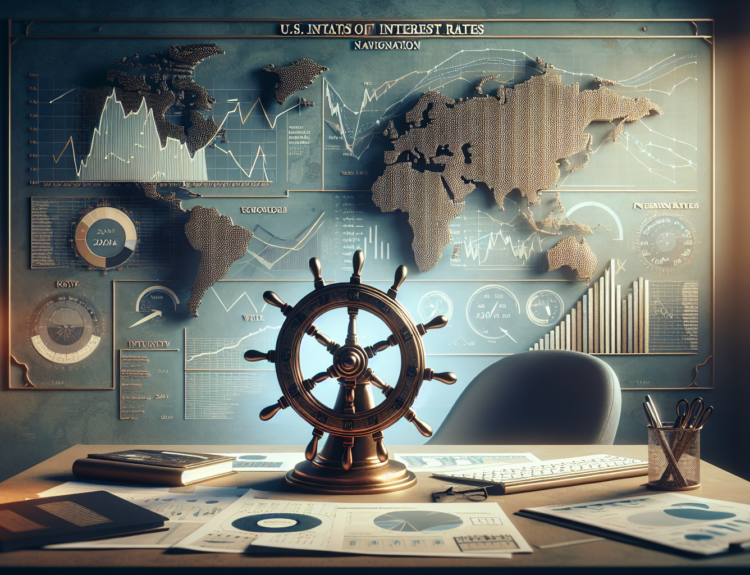Europe’s Economic Analysis: Navigating Challenges and Opportunities
In recent years, the European economy has faced both remarkable challenges and promising opportunities. As of 2023, the economic landscape is evolving, influenced by factors such as inflation, supply chain disruptions, and geopolitical tensions. This blog post delves into the current state of the European economy, highlighting key performance indicators, challenges, and strategies for future growth.
Current Overview of the European Economy
Despite the various hardships experienced in the past few years, Europe’s economy has shown resilience. According to the latest data from Eurostat, the Eurozone’s GDP grew by 2.5% in 2022, a sign of strong recovery post-pandemic. However, ongoing challenges remain as inflation rates surged to 8.5% in early 2023, primarily due to rising energy prices and supply chain bottlenecks.
Key Economic Indicators
- GDP Growth: The GDP growth rate is crucial for understanding the overall economic health. Following a growth of 2.5%, forecasts suggest a more modest increase of 1.5% in 2023.
- Unemployment Rate: The unemployment rate in Europe is hovering around 6.5%, reflecting a gradual labor market recovery but still raising concerns for certain regions, particularly southern European countries.
- Inflation Trends: Inflation has become a pressing issue, with the European Central Bank (ECB) monitoring price stability closely. Measures are being taken to combat inflation, including potential interest rate adjustments.
Major Challenges Facing the European Economy
While growth indicators reflect a recovering economy, several hardships persist that threaten stability:
Rising Inflation and Energy Costs
One of the most significant obstacles is the surge in inflation rates, driven mainly by soaring energy prices. Factors contributing to high energy costs include geopolitical tensions, particularly concerning Russia, which has significantly impacted Europe’s energy supply. In March 2023, energy prices reached an all-time high, compelling governments to contemplate strategic measures to shield consumers from the adverse effects.
Supply Chain Disruptions
Supply chain disruptions continue to pose significant challenges for European businesses. The COVID-19 pandemic exposed vulnerabilities in global supply chains, leading to delays and increased costs for materials. A survey by the European Commission revealed that over 70% of manufacturers reported difficulties in sourcing essential components, resulting in production slowdowns.
Opportunities for Growth and Recovery
Despite these challenges, opportunities exist for European economies to innovate and transform. Here are some areas with high growth potential:
Green Transition and Sustainability
The European Union has committed to ambitious climate goals, aiming for carbon neutrality by 2050. This green transition opens up avenues for investment in renewable energy, sustainable agriculture, and eco-friendly technologies. The EU’s Green Deal is expected to create thousands of jobs and drive economic growth in the emerging green sectors.
Digital Transformation
The pandemic accelerated the digital transformation across various industries. European businesses are increasingly adopting digital technologies, leading to enhanced productivity. Investments in digital infrastructure and innovation are crucial for ensuring Europe remains competitive in the global market. According to a report by McKinsey, companies that embraced digital tools during the pandemic reported productivity increases of up to 30%.
Conclusion
In conclusion, the European economy is navigating a complex landscape marked by challenges and opportunities. The road ahead will be critical as governments and businesses work together to mitigate inflation pressures, fortify supply chains, and embrace sustainable growth. Continuous monitoring of economic indicators and a swift response to changing conditions will be essential in ensuring a robust economic recovery.
Call to Action
As we move forward, understanding the dynamics of the European economy becomes crucial for businesses, investors, and policymakers. Stay informed and adapt strategies that align with the emerging trends in the European market.
Tags: #EuropeEconomicAnalysis #Inflation #GDPGrowth #Sustainability #DigitalTransformation
Category: Economics, Europe, Business Insights
With the rise of uncertainty in the global economic environment, keeping abreast of developments in Europe’s economy can provide valuable insights and prepare you for future investment opportunities.



